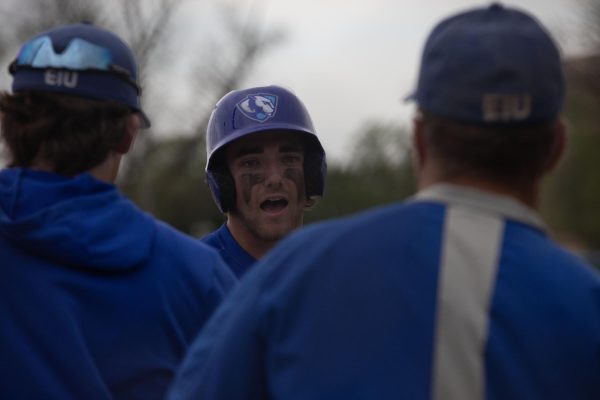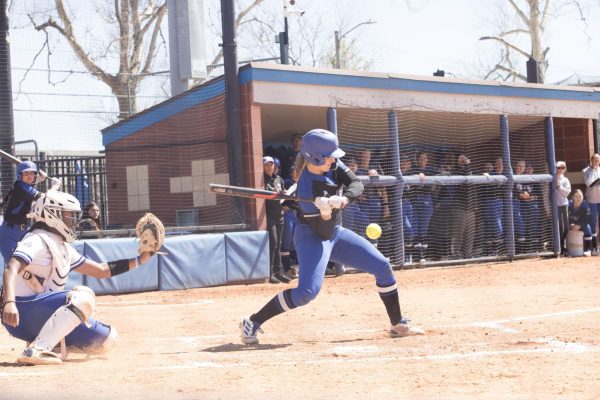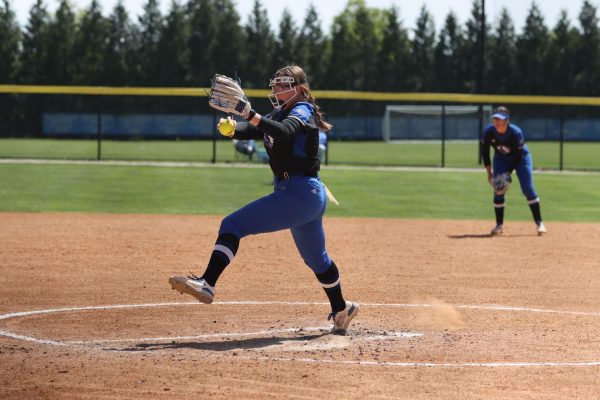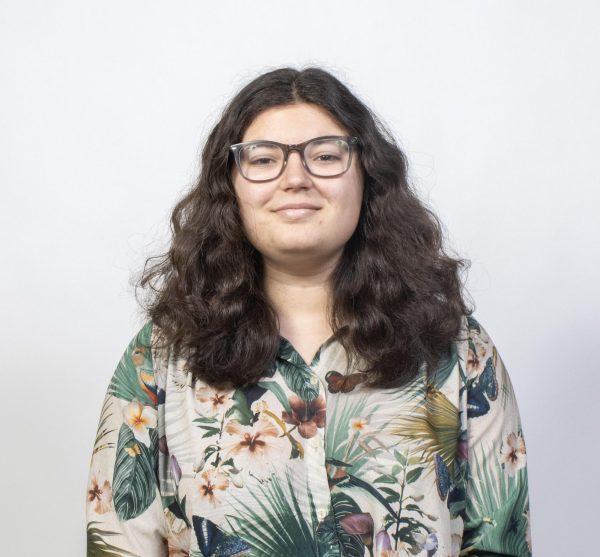Aquarium teaches about conservation
Though filled with colorful fish and coral, the aquariums within the Life Science building do more than just look good. For professors they are a teaching tool about sea life and conservation.
Eric Bollinger, a biology professor in charge of one of the tanks, said the aquarium serves multiple purposes such as being aesthetically pleasing, as well as informative and educational tool for coral conservation.
“Coral all over the world isn’t doing well,” Bollinger said.
He said many people think coral is a plant when in fact it is an animal, and the tanks help him teach people about the threats coral is facing.
“It’s a valuable teaching aid,” Bollinger said.
One major problem, he said, is coral bleaching. Coral bleaching occurs when the animal loses the unicellular algae called zooxanthellae it has formed a symbiotic relationship with.
The zooxanthellae normally reside in the skin of healthy coral. The algae are yellow-green or yellow-brown in color and are what gives the coral its color.
When the coral loses the algae, it also loses its color and turns a pale white color. This is why the process is described as bleaching.
Bollinger said the bleaching is dangerous for coral because the zooxanthellae produce a large amount of energy for the animal through photosynthesis. He said the algae gives 90 percent of its photosynthetic energy to its coral host.
Without the zooxanthellae, Bollinger said the coral is still able to obtain energy through its polyps, but it is not nearly as much.
He said coral bleaching is caused by a variety of factors but is commonly caused by the coral becoming stressed from increased acidity of the water, higher water temperatures and a higher of concentration of carbon dioxide.
Bollinger said it is important for students learning about coral and other sea life to have life specimens to examine.
“If all they have are dead coral skeletons, it’s less effective,” he said.
The tanks require regular upkeep, Bollinger said, such as maintaining water quality, fixing any leaks, changing light bulbs, feeding the fish and adjusting the coral reefs to make sure they do not grow into each other.
“What we’ve done in the past is take excess coral and actually sell them,” he said.
Bollinger said the priority of the tank on the second floor is coral. He said choosing other sea life to occupy the tank can be difficult because it not only needs to be safe for the coral but also get along with any other organisms there as well.
“These tanks are kind of a delicate balance,” Bollinger said. “Your maintaining the animals that you want and not letting them get dominated by one thing or another.”
Some of the animals living alongside the coral in the second floor tank include several clownfish, purple tangs, cleaner shrimp and a giant clam.
Bollinger said many students enjoy looking at the tanks and learning about the life inside. He said a biology student not interested is probably in the wrong major.
“I don’t care what major your in, this is pretty cool,” he said.
Seth Schroeder can be reached at 581-2812












































